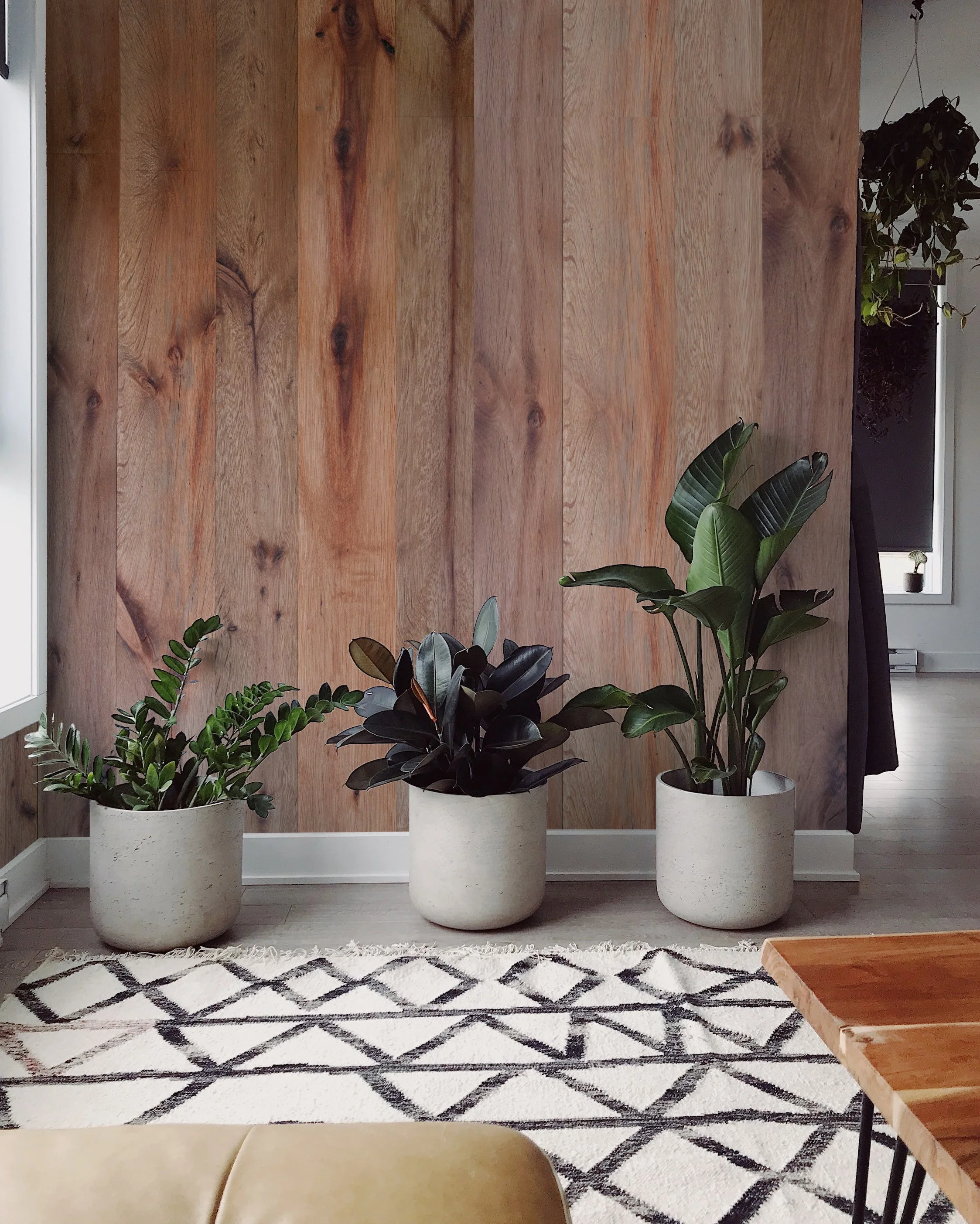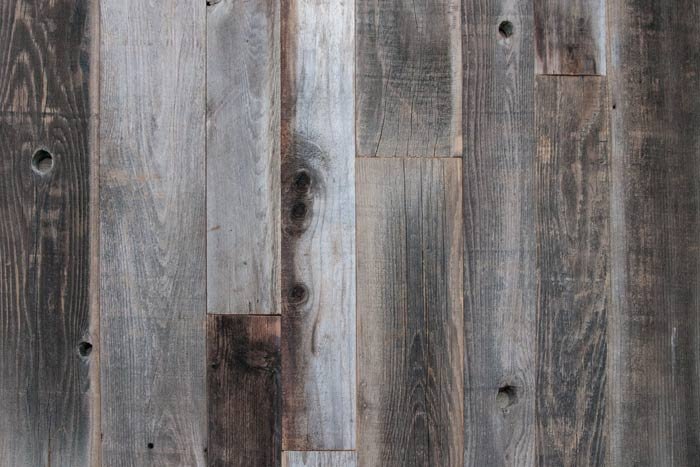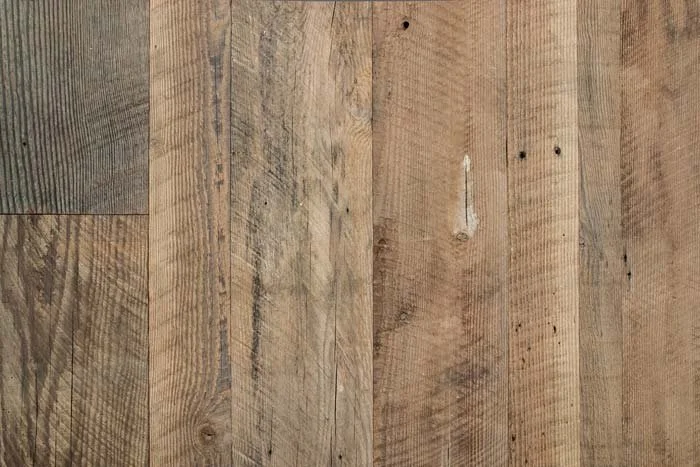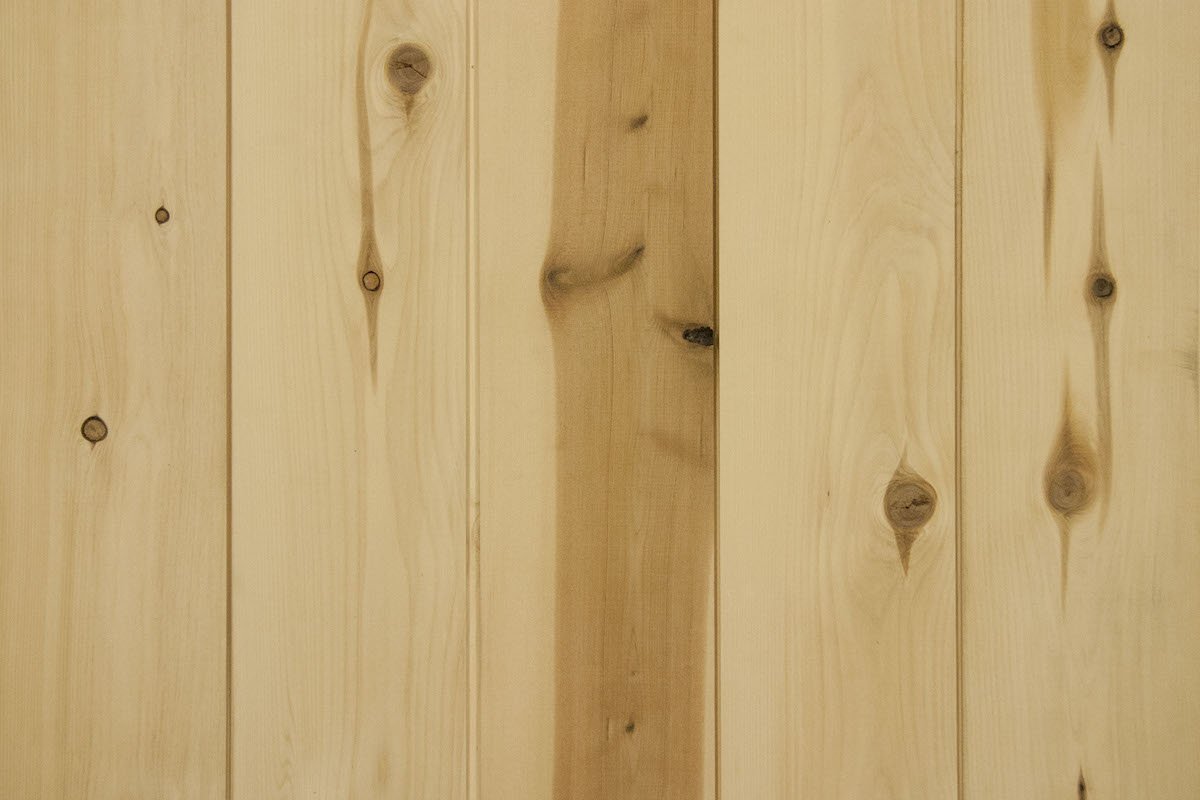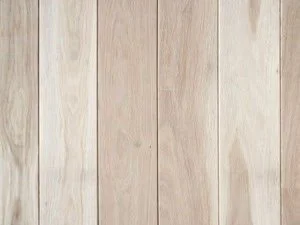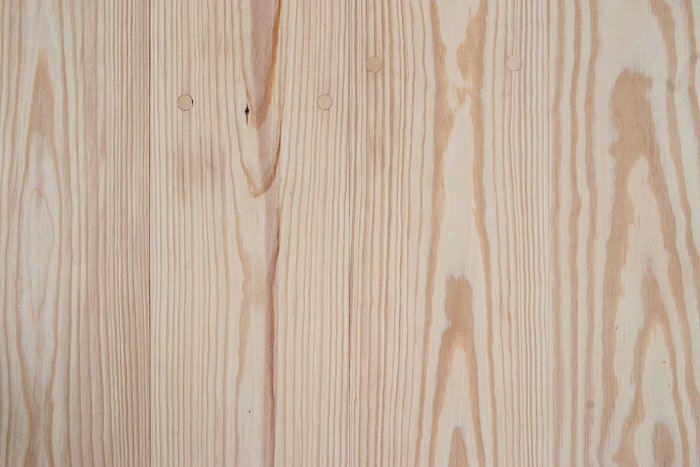Choosing Low-VOC Wood Flooring for Healthy Indoor Air Quality
Improve Indoor Air Quality with Zero-VOC and Low-VOC Wood Flooring & Paneling
The Importance of Indoor Air Quality
Indoor air quality has become a growing concern for many homeowners, designers and builders. Poor indoor air quality (IAQ) can lead to health problems, including respiratory issues, headaches, and fatigue. Concentrations of many VOCs are consistently higher indoors (up to ten times higher) than outdoors, according to the EPA, which makes choosing healthy, low-VOC products extremely important. Humans spend most of their time indoors, so investing in healthy building products is vital for promoting good indoor air quality.
What are VOCs?
VOCs, or volatile organic compounds, are chemicals that can be released into the air from many building materials. These chemicals, such as formaldehyde, can cause adverse health effects when inhaled, such as eye, nose, and throat irritation, headaches, and dizziness. Other common VOCs include benzene, ethylene glycol, methylene chloride, tetrachloroethylene, toluene, xylene, and 1,3-butadiene. Choosing building products made with fewer chemicals that can off-gas reduces the potential for these health issues, making for healthier spaces.
Health Risks of VOCs
Health risks of VOCs vary depending on concentrations of VOCs and duration of exposure, among other variables. According to the American Lung Association, breathing in VOCs may cause eye, nose and throat irritation, headaches, nausea, dizziness and/or difficulty breathing, while chronic exposure could damage the central nervous system and other organs, or even cause cancer.
It's important to note that the severity of health effects can vary depending on the concentration and duration of exposure to VOCs, as well as individual sensitivity. Minimizing exposure to VOCs through proper ventilation, choosing low-VOC or VOC-free products, and maintaining a healthy indoor environment can help mitigate these risks.
VOCs in Building Materials
Some of the highest VOC-emitting building materials include paints and coatings (including varnishes and lacquers), adhesives and sealant, carpet and flooring adhesives, vinyl flooring and wall coverings and composite wood products.
Some of the lowest VOC-emitting building materials include solid wood products (such as hardwood flooring and wood paneling), natural stone (such as granite and marble), ceramic tile and glass. Choosing natural materials like these minimize potential for VOC emissions and help improve overall indoor air quality.
The EPA has a database of VOC emissions from building materials and household materials, and provides steps to reduce VOC emissions and exposure.
Low-VOC Wood Paneling & Flooring
When deciding on wood flooring or paneling, It's important to consider the type of wood and finish used in the products. Hardwoods like oak, maple, and cherry are denser and less likely to emit VOCs than softwoods, like pine or spruce. Similarly, natural oils and wax finishes emit fewer VOCs than traditional polyurethane finishes.
When choosing low-VOC products, it's important to look for products that are certified by reputable third-party organizations such as the Forest Stewardship Council (FSC®) or Greenguard. These organizations certify wood products that meet strict environmental and health standards, ensuring that the wood has been sustainably harvested and produced without the use of harmful chemicals.
We ensure that our standard oil finish is zero-VOC Greenguard Gold certified and our standard polyurethane finish is Greenguard Gold Certified low-VOC. Many of our products can be installed unfinished or with the natural, weathered patina, making for an excellent choice for healthy indoor air quality. Products like our Stout’s Legacy Redwood, Grey Medley, Industrial Oak and Frontier Blend offer exceptional choices for naturally zero-VOC wood paneling options.
Low-VOC Wood Paneling & Flooring Products
Low-VOC Installation
When installing wood flooring or paneling, it's also important to follow proper installation and ventilation guidelines. This can include using low-VOC adhesives and ensuring proper air flow during and after installation to reduce the potential for VOCs to accumulate in the air.
The Low-VOC Investment
Investing in low-VOC wood flooring and paneling products not only improve indoor air quality but also support sustainable forestry practices. By choosing certified products and following proper installation guidelines, homeowners and building managers can create a healthier indoor environment for themselves and their occupants.
Purchasing materials with green certifications, like Declare labels, HPDs, EPDS and FSC certificates, is a way to ensure that materials are carefully soursed, manufactured and distributed with human and environmental health in mind.
Reclaimed and sustainably-sourced wood is a wonderful and sustainable building material that also adds deep beauty and history to a space. Learn more about sustainability at Anthology Woods here.

